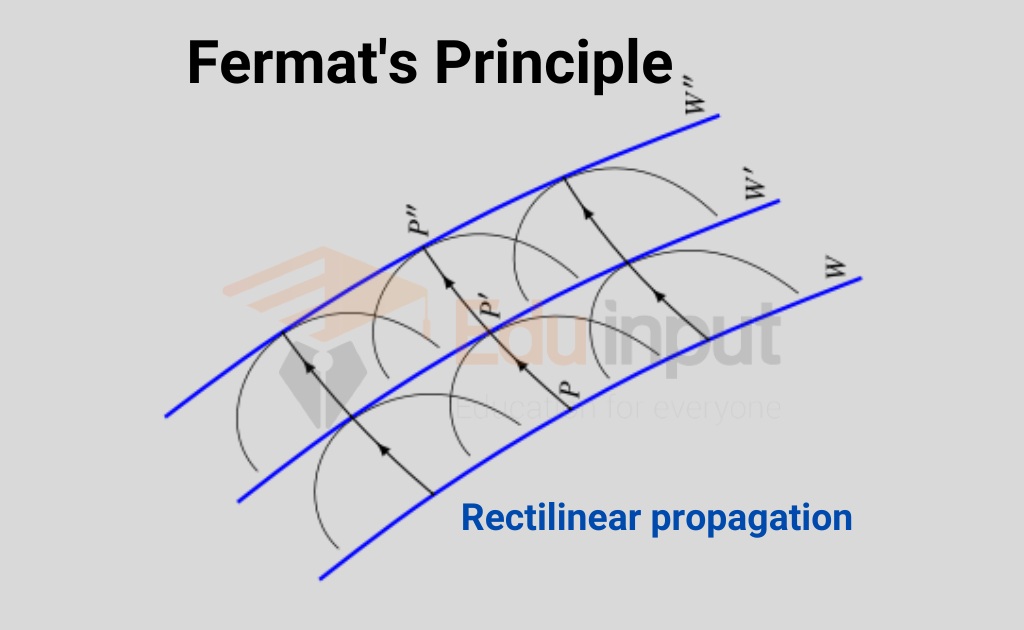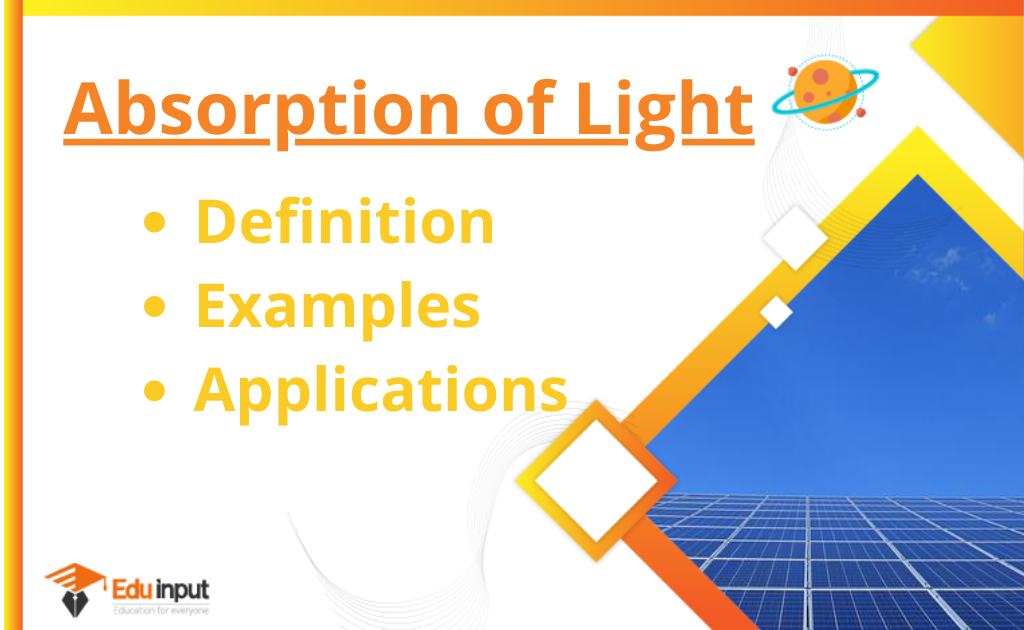What is a Thin Film?-Definition, Examples, Characteristics, And Types
A thin film is a layer of material ranging from fractions of a nanometer to several micrometers in thickness. A very common example of thin film is soap bubbles.

What is a Thin Film?
A thin film refers to a layer of material that is significantly thinner than its length and width. The thickness of such a film can range from a few nanometers to a few micrometers. These films are commonly used in various scientific and technological applications due to their unique properties and behaviors.
Thin films can be formed through different methods, such as deposition techniques like evaporation, sputtering, chemical vapor deposition (CVD), and spin coating. These processes allow precise control over the thickness and composition of the films.
Thin Film Examples
The household mirror has a thin metal coating on the back of a sheet of glass that reflects light. The silvering process was once used to make mirrors, but more recently the metal layer has been deposited using techniques such as sputtering.
During the 20th century, advances in thin-film deposition techniques enabled a wide range of technological breakthroughs in areas such as magnetic recording media, electronic devices, Semiconductors, Integrated passive devices, LEDs, optical coating, and hard coating on cutting tools, and Thin-film drug delivery is also being applied. A stack of films is called a pile.
Thin Film Characteristic
These are 3 characteristics of the thin film.
- Adsorption
- Desorption
- Surface diffusion
Adsorption
Adsorption is the transfer of atoms, ions, or molecules from a liquid or gas to a surface. A film of the adsorbate is created on the surface of the adsorbent by this process. This process is different from absorption, in which a fluid is dissolved by a liquid.
Desorption
The physical process of desorption involves the release of a previously adsorbed substance from a surface. This happens when a molecule gains enough energy to overcome the activation barrier of the bounding energy that keeps it on the surface.
Surface diffusion
A general process involving the motion of adatoms, molecules, and atomic clusters at solid material surfaces is called surface diffusion.
Types of Thin Film
There are two types of thin film
- Optical Thin Film
- Electrical Thin Flim
Optical thin films
It is used to create reflective coating, anti-reflective coating, solar cells, monitors, waveguides, and optical detector arrays.
Electrical or electronic thin films:
It was used to make insulators, conductors, Semiconductor Devices, Integrated circuits, and piezoelectric drives.
Deposition of Thin Film
The process of applying a thin film to a surface is thin-film deposition. There are two types of deposition
- Chemical Deposition
- Physical Deposition
Chemical Deposition
A fluid conjugate undergoes a chemical change at a solid surface and leaves a solid layer. An everyday example is the formation of soot on a cool object when it is placed inside a flame. Thin films from chemical deposition techniques tend to be conformal, rather than directional, because of the fluid surrounding the solid object.
Physical deposition
The thin film of a solid can be produced using mechanical, electromechanical, or thermodynamic means. The formation of frost is an example of something happening every day.
Since most engineering materials are held together by relatively high energies, and chemical reactions are not used to store these energies, commercial physical deposition systems tend to require a low-pressure vapor environment to function properly; most can be classified as physical vapor deposition.
Thin Film Application
These are some applications of thin film.
- Protective coatings
- Optical coatings
- Decorative coatings
- Electrically operating coatings
- Biosensors and plasmonic devices
- Thin-film photovoltaic cells
- Thin-film batteries
Related FAQs
What is a thin film in physics?
In physics, a thin film refers to a layer or coating of material with a thickness on the order of nanometers to micrometers.
What is the range of thickness of thin film so that it can be called as thin film?
The range of thickness for a material to be considered a thin film is typically in the order of nanometers to micrometers. More specifically, thin films generally have thicknesses ranging from a few nanometers (1 nm = 10^-9 meters) to a few micrometers (1 μm = 10^-6 meters).
What is a thin film sensor?
A thin film sensor is a type of sensor that utilizes a thin film or coating of material to detect and measure changes in physical properties such as temperature, pressure, humidity, gas concentration, or strain.







Leave a Reply